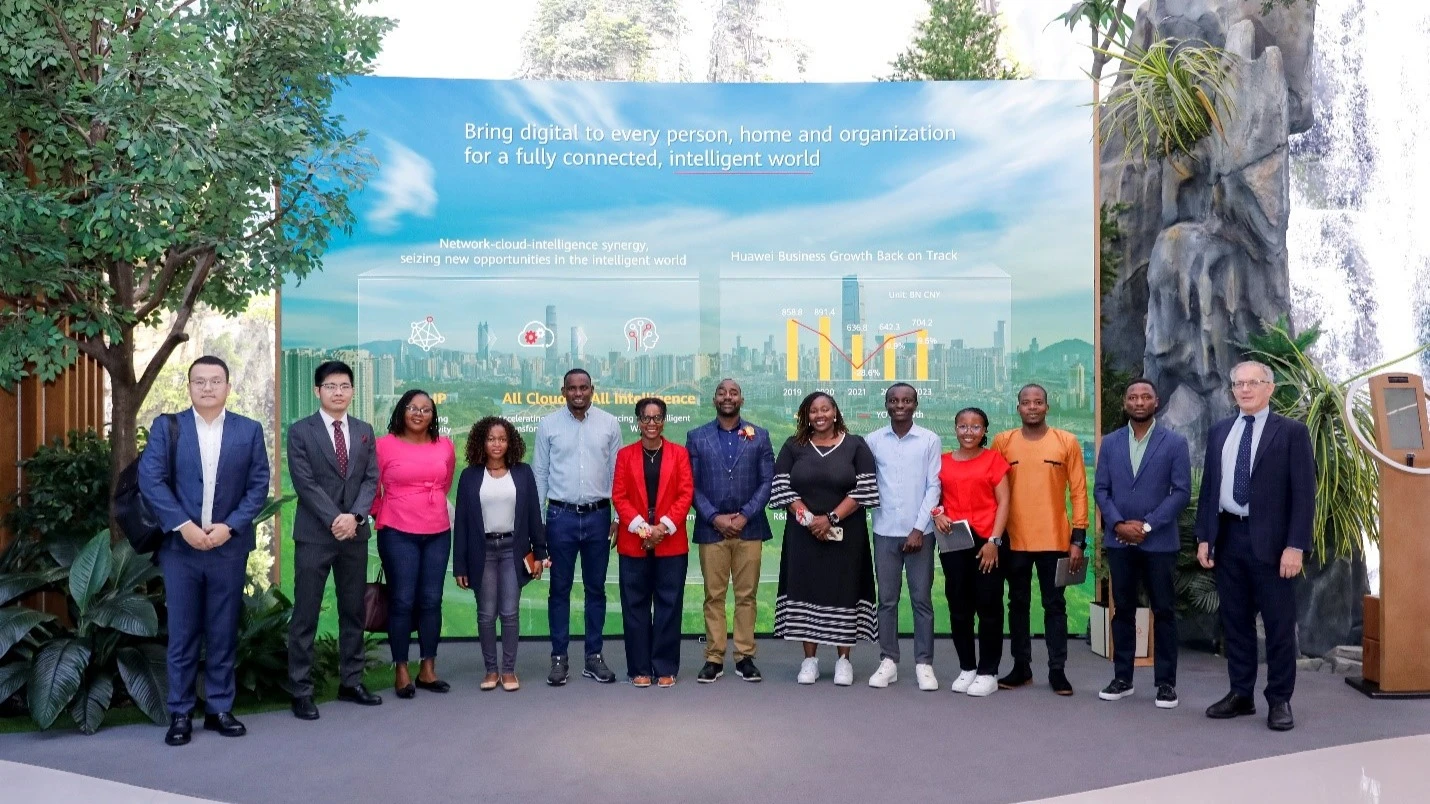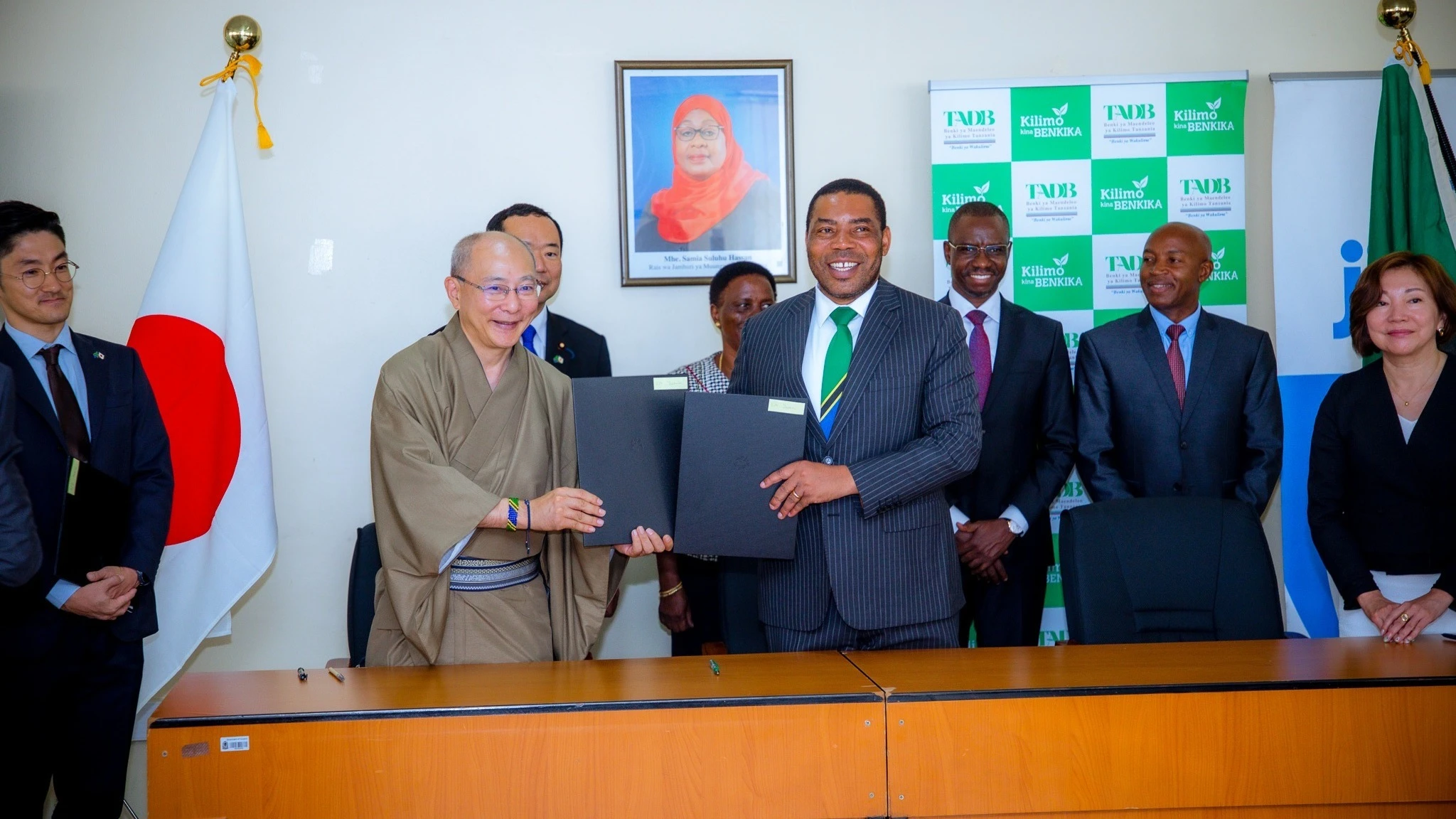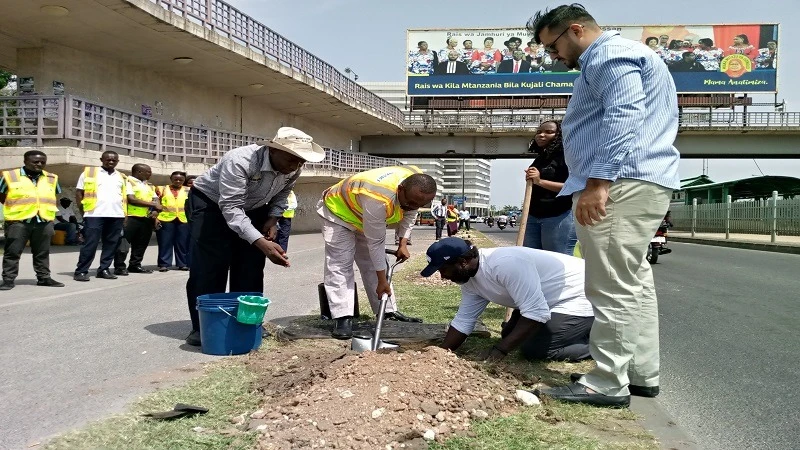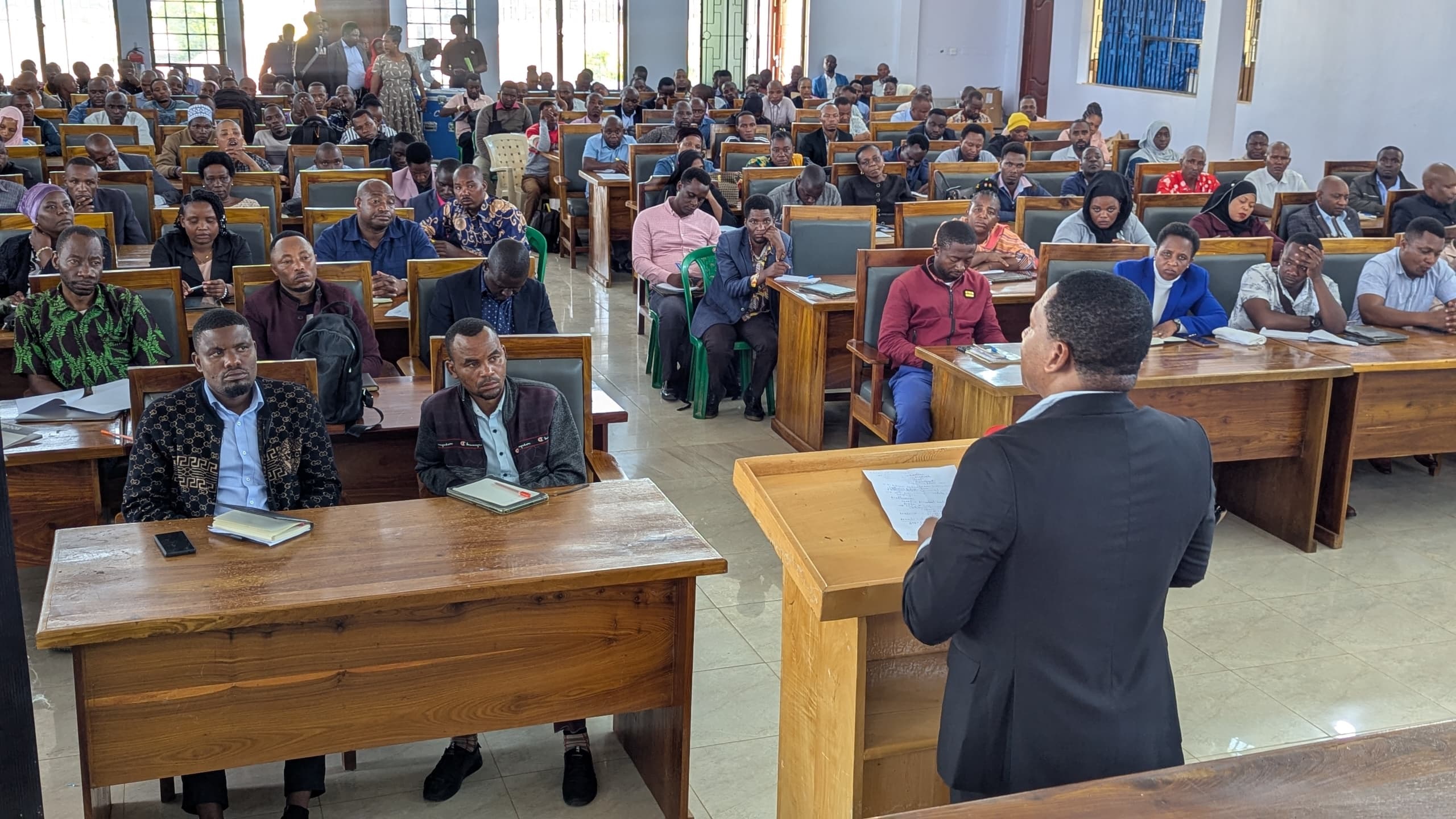SPECIAL REPORT Climate change threatens Africa’s black rhinos’ population growth -4
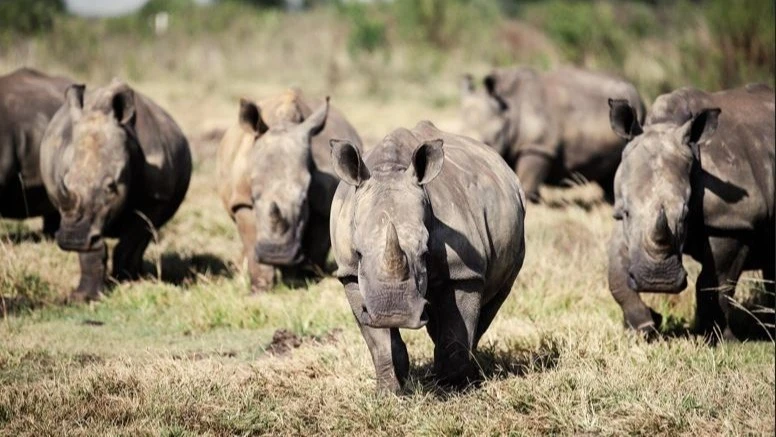
THE government has been urged to prioritize wildlife conservation in the upcoming National Development Vision Plan 2050, with a particular focus on protecting rare species such as black rhinos from the growing threats posed by climate change.
Experts are calling for the inclusion of climate adaptation and mitigation measures in the new development vision to ensure clear strategies for wildlife protection in the face of potential climate crises.
Noah Sitati, a wildlife species Expert with WWF Tanzania, highlighted in a recent interview that national parks and other protected wildlife areas are as vulnerable to the impacts of climate change as human populations. He emphasized the need for decisive action.
“We have advised the ministry to consider wildlife matters as the preparation of the development vision is ongoing. It is up to humans to establish protective and sustainable measures for the survival of wildlife and nature,” said Sitati.
He highlighted that climate change significantly affects reproductive issues in wildlife, particularly rare species like black rhinos.
“Drought, excessive rainfall, and invasive species are some of the key threats to ecosystems in wildlife conservation areas. Without plans in place to address these challenges, the health and reproductive status of rare wildlife species could be compromised, potentially leading to population declines or even extinction,” Sitati warned.
He also noted that the private sector plays a crucial role in supporting government initiatives to protect and sustain rare wildlife species for future generations.
This journalist has learned that climate change implications pose threat to sustainability of wildlife species contrary to Sustainable Development Goal No. 15 (SDG 15) which underscores the critical importance of biodiversity as humanity's life-support system.
The goal underlines that relentless depletion of forests, coupled with an alarming rate of species extinction and stagnation in safeguarding key biodiversity areas, jeopardizes the delicate balance of ecosystems essential for wildlife survival.
During the presentation of the 2024/25 budget in the National Assembly in May, Minister for Natural Resources and Tourism, Angellah Kairuki, highlighted efforts to strengthen wildlife protection, particularly for black rhinos.
The Ngorongoro Conservation Area Authority (NCAA) conducted 251 patrols in the previous financial year, resulting in the arrest of 339 suspects for wildlife-related crimes, the seizure of over 16,000 livestock illegally grazed in the parks, and the confiscation of four rifles.
Additionally, the NCAA removed invasive plant species from 866.68 hectares and conducted controlled burning on 2,156 hectares in the Ngorongoro Crater and Ndutu areas to eliminate invasive reptiles and insects.
In an effort to protect black rhinos, the ministry has developed a LoRa WAN rhino tracking system to monitor their survival in all national parks and conserved areas. Kairuki also announced plans to promote rhino tourism by establishing rhino sanctuaries in Mikumi and Burigi-Chato national parks.
The government’s initiatives have led to an increase in the population of large animals in national parks, with current estimates showing 17,000 lions, 225,000 buffaloes, and 24,000 leopards.
Antonia Raphael, Principal Wildlife Officer in the Ministry of Natural Resources and Tourism, mentioned that her office has already gathered input from wildlife stakeholders on what should be included in the new development vision concerning wildlife welfare.
“Climate change-related issues have been featured in the proposals for the National Development Vision 2050. The government is eager to ensure wildlife is protected in the wake of the climate change crisis,” said Raphael.
The urgency of addressing climate change is underscored by the 2023 State of the Rhino Report from the International Rhino Foundation, which highlights the increasing risks posed by climate change to rhinos’ survival.
In Africa, climate change-induced droughts are causing significant challenges for human communities, which, in turn, have cascading effects on wildlife.
Competition for water resources may escalate conflicts between communities and between humans and wildlife, bringing rhinos and other animals into closer contact with people.
Poverty resulting from crop and livestock losses could also drive an increase in poaching as a source of income. Additionally, dry conditions may lead to more wildfires, further threatening rhino habitats.
Conversely, in Asia, increased precipitation and longer monsoon periods are causing direct harm to rhinos, with floods stranding or drowning them and sometimes separating calves from their mothers. These impacts are expected to worsen with intensified storms.
In Tanzania, the Tanzania Meteorological Authority (TMA) reported severe drought in northern Tanzania (Manyara, Arusha, and Kilimanjaro) in October 2021, posing threats to water resources for both wildlife and humans. The year 2021 was declared the fourth driest year since 1970, with temperatures 0.5 degrees Celsius above the long-term average from 1981 to 2021.
In response, the Tanzania National Parks (TANAPA) constructed dams with a budget of 669.4 billion Tanzanian Shillings, while the Tanzania Wildlife Management Authority (TAWA) was allocated 12.9 billion Tanzanian Shillings for wildlife management activities.
The Kiteto District Council in the Manyara region reported the deaths of eight buffaloes in 2021, with at least four large animals being rescued from muddy ponds on a weekly basis.
The Serengeti National Park ecosystem, home to 80 percent of Tanzania’s black rhinos, and the Ngorongoro Conservation Area were reported by the Ministry of Natural Resources and Tourism to have escaped the worst effects of the drought in 2022.
In Kenya, a report by the Wildlife Research and Training Institute released in September 2022 indicated that the rhino population had not been significantly affected by the drought, with only one rhino death recorded in Ngulia Rhino Sanctuary, Tsavo West National Park.
A research paper published in January 2023 explored the potential impacts of future climate change on black and white rhinoceros populations in Southern Africa.
The research was conducted at Kruger park in South Africa, Etosha park in Namibia, Hwange park in Zimbabwe, Tsavo West park in Kenya, and Hlane Royal park in Eswatini.
The study found that rising temperatures and increasingly water-scarce landscapes could lead to stress, reduced access to food, and other challenges for rhinos, potentially making some habitats unsuitable by 2085.
According to the paper, the RCP4.5 scenarios which represents an anticipated future on climate policies limit and achieve stabilization of greenhouse gas concentrations to 4.5 W m-2 by 2100 predicts average warming across the five parks of 2.2° Celsius (4° Fahrenheit) by 2055 from the pre-industrial baseline and 2.5°C (4.5°F) by 2085.
However, the high-emissions scenario, RCP8.5, forecasts a 2.8°C (5°F) rise by 2055 and 4.6°C (8.3°F) by 2085. It is stated in the paper that African rhino conservationists have primarily been concerned with poaching, a severe and ongoing threat. But climate change impacts on rhinos pose an additional threat.
The research underscores the importance of combining poaching prevention efforts with climate change adaptation and mitigation strategies to protect these iconic species.
Conservation organizations, park managers, and governments must work together, involving local communities, to develop and implement these strategies.
Top Headlines
© 2025 IPPMEDIA.COM. ALL RIGHTS RESERVED


